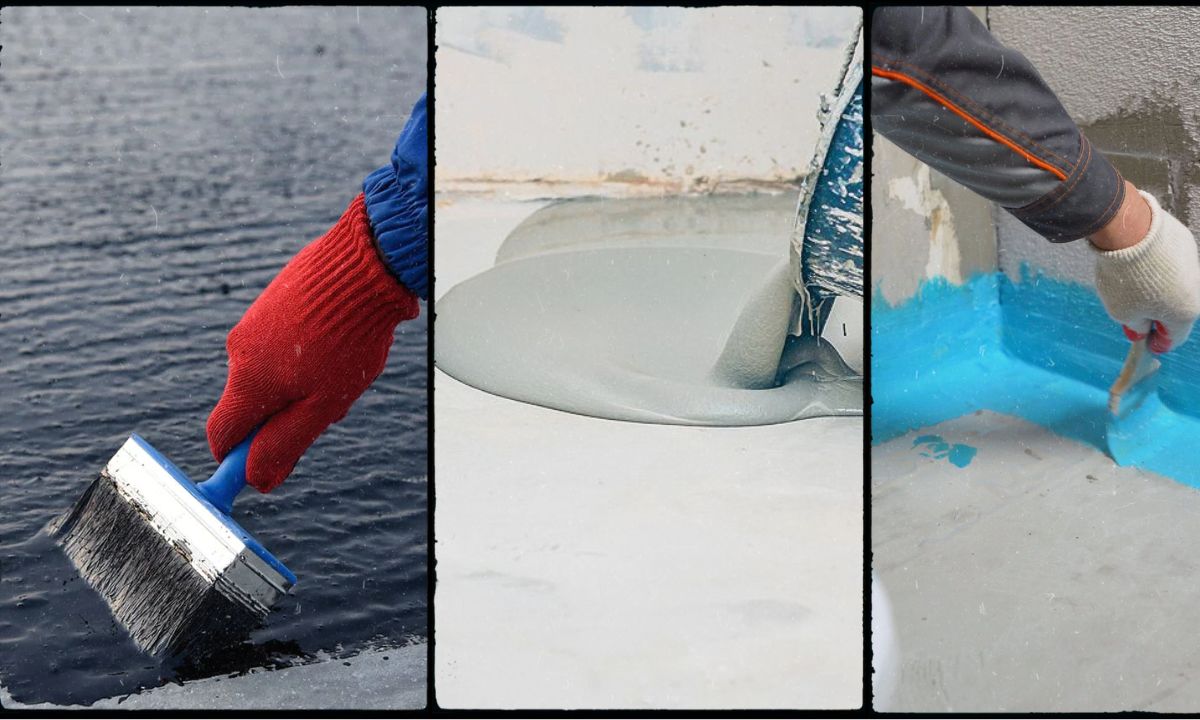The process of waterproofing is a crucial aspect of house and property maintenance that often gets neglected until it's too late. As weekend warriors, we take satisfaction in addressing DIY projects that enhance the safety and longevity of our homes. Understanding waterproofing is important not just for stopping costly repairs but also for creating a comfortable living environment. Whether it's your basement, ceiling, or external features, the right waterproofing techniques can protect you thousands of currency and protect your investment.
In this handbook, we will explore all you need to know about waterproofing, including common myths, the necessity of various applications, and the signs showing that your property may need waterproofing. We will also investigate the DIY versus professional approaches, providing you with the knowledge to make informed decisions that best suit your needs and financial plan. It’s time to get ready and ensure our homes remain dry and safe for a long time to come.
The Value of Moisture Protection
Moisture proofing is crucial for every home and building as it delivers a robust barrier against moisture damage, which can result in extensive repairs and structural issues over time. High levels of moisture can deteriorate foundations, promote mold growth, and harm interior finishes. By utilizing proper waterproofing measures, homeowners not only safeguard their property but also provide a safer living environment without harmful mold and mildew.
Overlooking the need for waterproofing can lead to expensive repairs that far exceed the initial investment in preventive measures. Water damage can undermine the integrity of a building, leading to grave issues such as rotting wood, corroding metals, and ugly stains on walls and ceilings. By proactively waterproofing various areas, such as basements, roofs, and bathrooms, property owners considerably minimize their long-term repair costs and enhance their overall property value.

Furthermore, waterproofing plays a key role in energy efficiency. A well-sealed building reduces drafts and avoids water intrusion, which can cause higher energy bills. In green construction, effective waterproofing contributes to a building's lifespan and ability against environmental challenges. Utilizing waterproofing solutions is more than a defensive strategy; it is a proactive approach to maintaining the value and functionality of all property.
DIY Waterproofing Techniques
A highly effective DIY waterproofing techniques is utilizing a waterproof sealant to your foundation walls. Start by scrubbing the surface carefully to eliminate any dirt, particles, or old paint. After the surface is clear and dry, apply a premium waterproofing sealant with a application tool. This will establish a barrier that prevents moisture from infiltrating the walls, thus lowering the risk of mold growth and water damage. Don't overlook to pay extra attention to any cracks or seams, as these areas are often the most vulnerable.
Furthermore useful technique is to emphasize on proper drainage around your property. Ensure that gutters and downspouts are working correctly and directing water away from your foundation. You can also create a French drain or enhance the grading of your yard to promote better water flow. By guiding https://click4r.com/posts/g/19936584/innovative-moisture-control-methods-for-metropolitan-dwellings from your home, you significantly reduce the pressure on your foundation and decrease the chances of water leaking in. Routine maintenance of your drainage systems is essential to ensure persistent protection.
Finally, think about waterproofing your outdoor spaces, such as balconies and patios. Using a waterproof coating can extend the life of these areas and protect against water damage. Look for products specifically formulated for outdoor use, and verify the surface is clean and dry before application. By taking these preemptive steps, you can shield your investment and create a more durable living space, all while efficiently engaging in DIY waterproofing.
Choosing the Right Waterproofing Options
Selecting the right waterproofing solution for your house is based on multiple factors, including the specific areas needing protection, the local climate, and your budget. It's important to start by checking the most vulnerable areas, such as cellars, restrooms, roofs, and foundations. Each area may require different items and techniques to effectively prevent water intrusion and damage. Understanding the different types of waterproofing systems that you can choose from, such as inside vs. outside solutions, will guide you in choosing the best choice for your requirements.
Once you have recognized the areas of concern, investigate the different waterproofing products on the market. Look for coatings, membranes, sealers, and additives that fit your particular requirements. It's vital to take into account the longevity and effectiveness of these products, as well as any available warranties. User reviews and expert recommendations can provide valuable insight into the performance of different waterproofing solutions. Don't hesitate to seek advice from professionals if you are uncertain about the best option for your situation.
Finally, think about whether a DIY approach or employing a professional is the appropriate path for your waterproofing project. While DIY solutions can save money and give you hands-on experience, they might not always yield the best results, especially for more complex or more complicated jobs. On the other hand, professional services can ensure a thorough application and compliance with local building codes. Evaluating the pros and cons of each approach will assist you decide how to proceed, eventually leading to effective waterproofing that safeguards your property.
